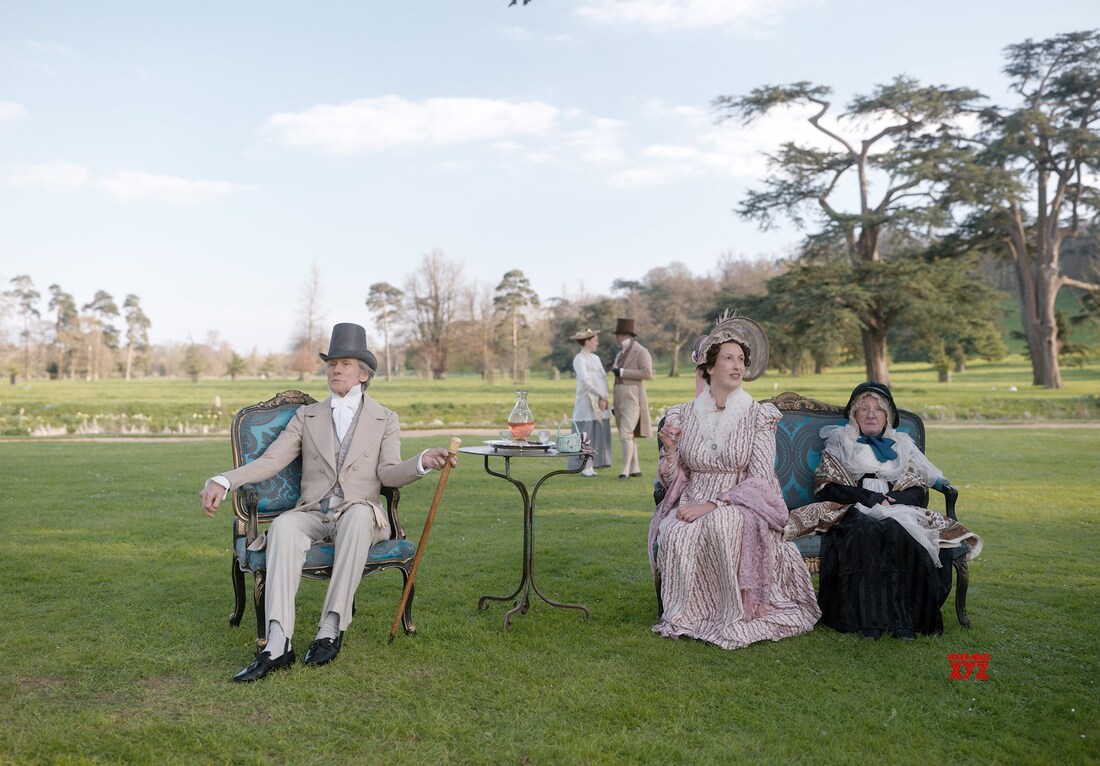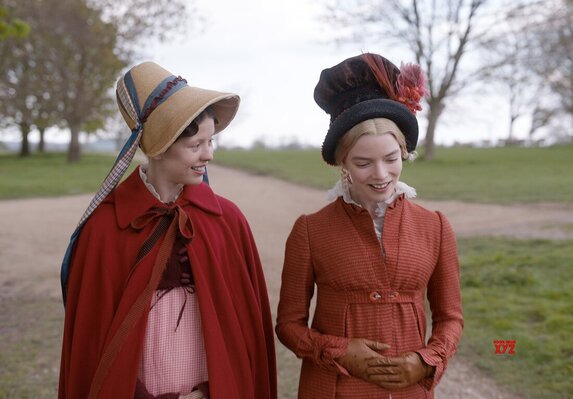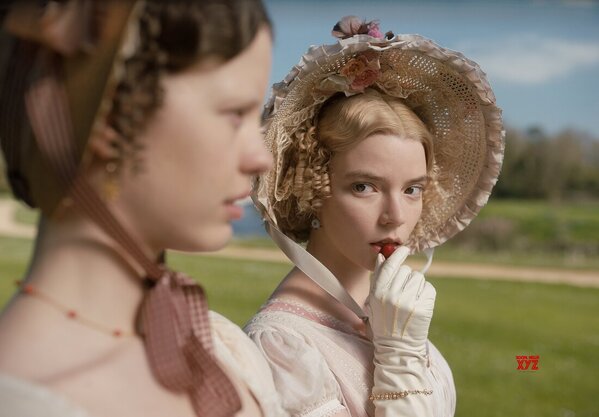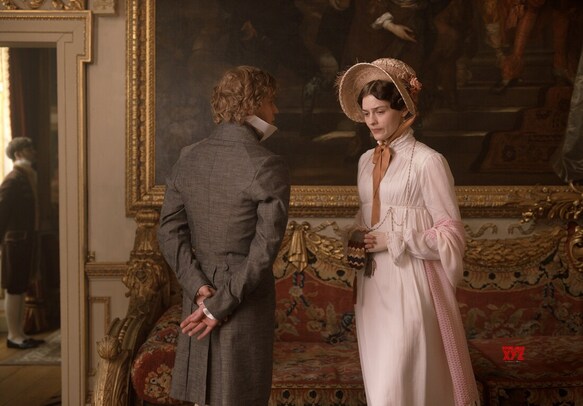|
By Ravi Ahuja Autumn de Wilde’s directorial debut is not getting a lot of mainstream attention, and that’s a shame. I never expect too much out of a first-time director, but I was intrigued when I saw the trailer for Emma, which seemed to promise Downton Abbey social politics with a Wes Anderson color palette. While the film does suffer from some slight clarity and pacing issues in the beginning, it does deliver on that promise with some truly carefully composed cinematography. The film centers around Emma Woodhouse (Anna Taylor-Joy), a 19th-century British socialite with a penchant for high society matchmaking. When her governess marries out of her house, she decides to take on Harriet Smith, a local orphan girl as her protege. Despite initially promising not to interfere with her love life, Emma can’t help but secretly manipulate things with the intent of helping. Through the consequences of her actions and the blossoming of her own love life, she matures into a more thoughtful and selfless young woman. Although this is Autumn de Wilde’s first feature film, she has been a photographer specializing in album covers for the past three decades, and it really shows with her set design and her establishing shots. The costumes are kept fresh and surprisingly fun throughout, with a wardrobe consisting mostly of pastels and primary colors. Throughout the film, there are a number of absolutely gorgeous long shots utilizing a mixture of natural settings and classical architecture to create a composition that feels straight out of a renaissance painting. In fact, Emma has a close connection with classical art in general, with several scenes featuring huge, room-size paintings prominently in the background, occasionally framing characters in the movie as a character in the painting. Of course, the classical soundtrack composed by Isobel Waller-Bridge deserves a mention as well. The neo-classical style at the beginning fits well with the charming and clever character that Emma is made out to be and slowly changes throughout the movie to be more emotional, melodic, and dramatic, maturing throughout the movie along with Emma. The movie does have some issues, primarily in the first act. While I do appreciate when a film doesn’t hold the audience’s hand and allows them to infer what is going on, the relationships between characters took longer to understand than it felt like was intended. It was especially hard to deal with due to the amount of social politicking taking place, so the true motivations of each character were a little confusing until later on in the film. While this may have been intentional to some extent, the first act felt just a bit needlessly confusing. Another slight issue was with the cinematography of the dialogue scenes. A large portion of the movie was scenes of characters just sitting down and talking to each other, and these scenes were far less visually inspired than the rest of the movie. Yes, it is harder to make a five-minute dialogue scene look as beautiful as an establishing shot, but the repetitive shot-reverse-shot structure of these scenes felt a little too generic for a film that is otherwise so beautiful. All in all, Emma is still worth checking out for anyone who likes social dramas, period pieces, or just a visually beautiful movie.
Comments are closed.
|
Archives
April 2024
|





 RSS Feed
RSS Feed
